
by The University of Utah
A Recent Study Shows how Grains of Sediment and Nano Decorations Capture & Release Impurities in Water. When bacteria and viruses get into well water and make people sick, often the contamination comes after heavy rain or flooding. In 2000, more than 2,300 people in Walkerton, Ontario, got sick when, after unusually heavy rains. E. coli bacteria found their way to drinking water wells. Seven people died.
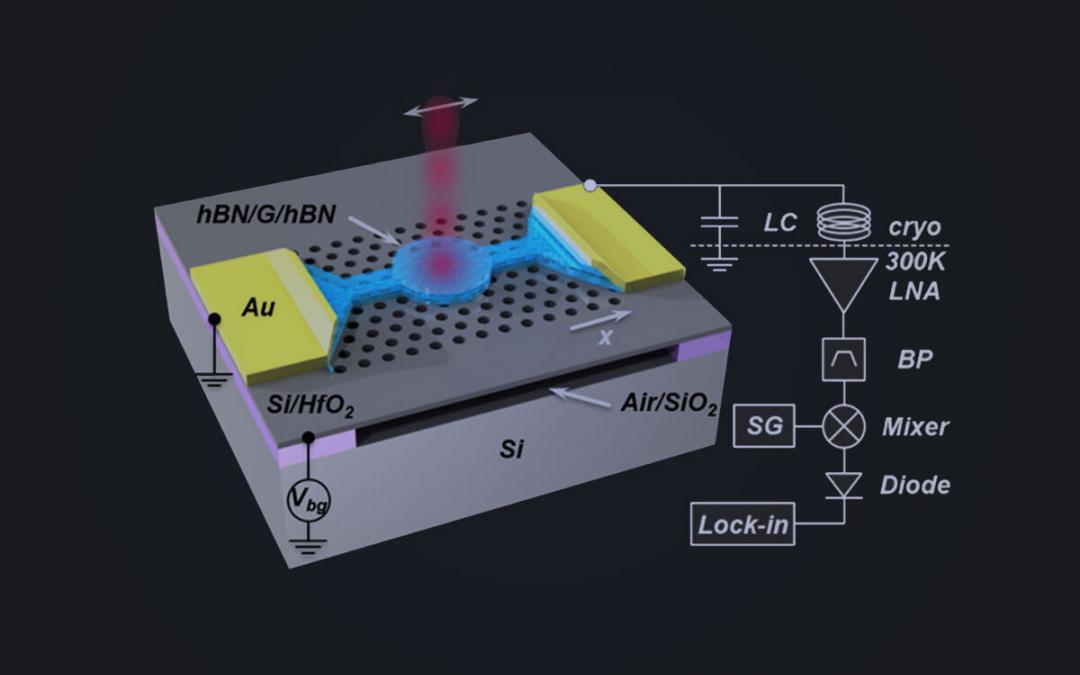
by David Chandler | MIT News Office
Bolometers, devices that monitor electromagnetic radiation through heating of an absorbing material, are used by astronomers and homeowners alike. But most such devices have limited bandwidth and must be operated at ultralow temperatures.
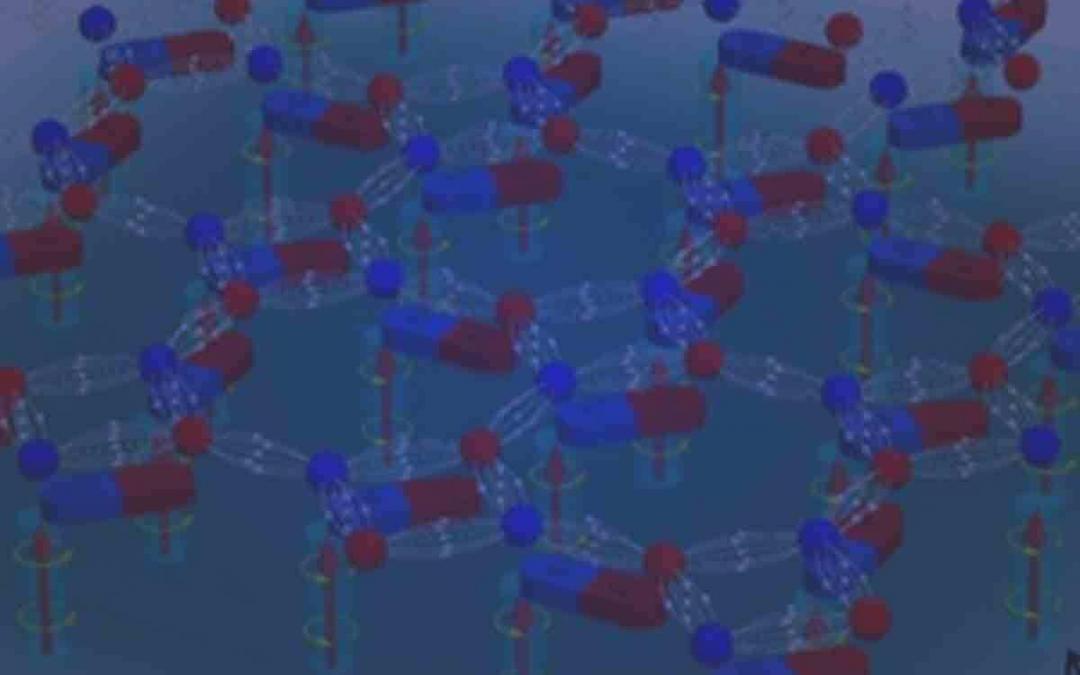
by Gene Stowe | University of Notre Dame
New Superconductor Design presents a better superconductor with geometric frustration. Superconductors contain tiny tornadoes of supercurrent, called vortex filaments, that create resistance when they move. This affects the way superconductors carry a current. A new superconductor design creates potential making them better for applications.
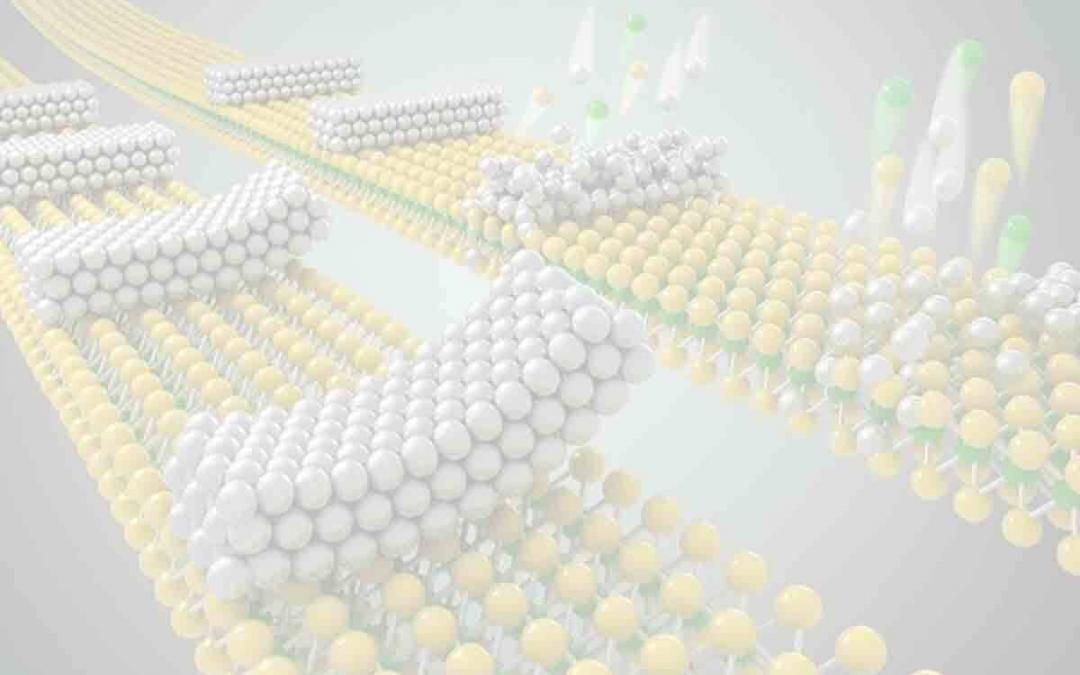
by Matthew Chin | UCLA
UCLA scientists and engineers have developed a new semiconductor assembly process. The advance could lead to much more energy-efficient transistors for electronics and computer chips, diodes for solar cells and light-emitting diodes, and other semiconductor-based devices.

by University of Warwick
Led by Drs Andrij Vasylenko, Samuel Marks, Jeremy Sloan and David Quigley from Warwick’s Department of Physics, in collaboration with the Universities of Cambridge and Birmingham, the researchers have found that the most effective thermoelectric materials can be realised by shaping them into the thinnest possible nanowires.

by National University of Singapore
Plastic nanoparticles – these are tiny pieces of plastic or nanoplastics less than 1 micrometre in size – could potentially contaminate food chains, and ultimately affect human health, according to a recent study by scientists from the National University of Singapore (NUS). They discovered that nanoplastics are easily ingested by marine organisms, and they accumulate in the organisms over time, with a risk of being transferred up the food chain, threatening food safety and posing health risks.

by University of Alberta
Atomic-scale manufacturing revolutionizes the future of electronics production. The University of Alberta Scientists have innovated an atomic-scale manufacturing process, setting a standard for mass production of electronics that are faster, smaller and consume less energy than the electronics of today. The implications of this new atomic-scale manufacturing capability are enormous. In the future, we will see mobile phones that can go months without a charge and computers that are faster (100X) but use 1/1000th of the power currently used for device operation.

by Brett Smith
While the field of materials science has been making big strides in recent years, scientists are still behind nature when it comes to making super-strong materials. Lately, researchers have been focusing on the strength of nanoscale structures of natural materials with the expectations that it will lead to the creation of strong macro-scale structures. The nanoscale structures’ composition of cellulose nanofibrils (CNFs) has provided a significant amount of inspiration for these research efforts. However, inadequate adhesion and un-aligned pieces have kept scientists from realizing the potential of cellulose-inspired materials.

by Anne Trafton - MIT News Office
Nanoparticles carrying two drugs can cross the blood-brain barrier and shrink glioblastoma tumors. Glioblastoma multiforme, a type of brain tumor, is one of the most difficult-to-treat cancers. Only a handful of drugs are approved to treat glioblastoma, and the median life expectancy for patients diagnosed with the disease is less than 15 months.
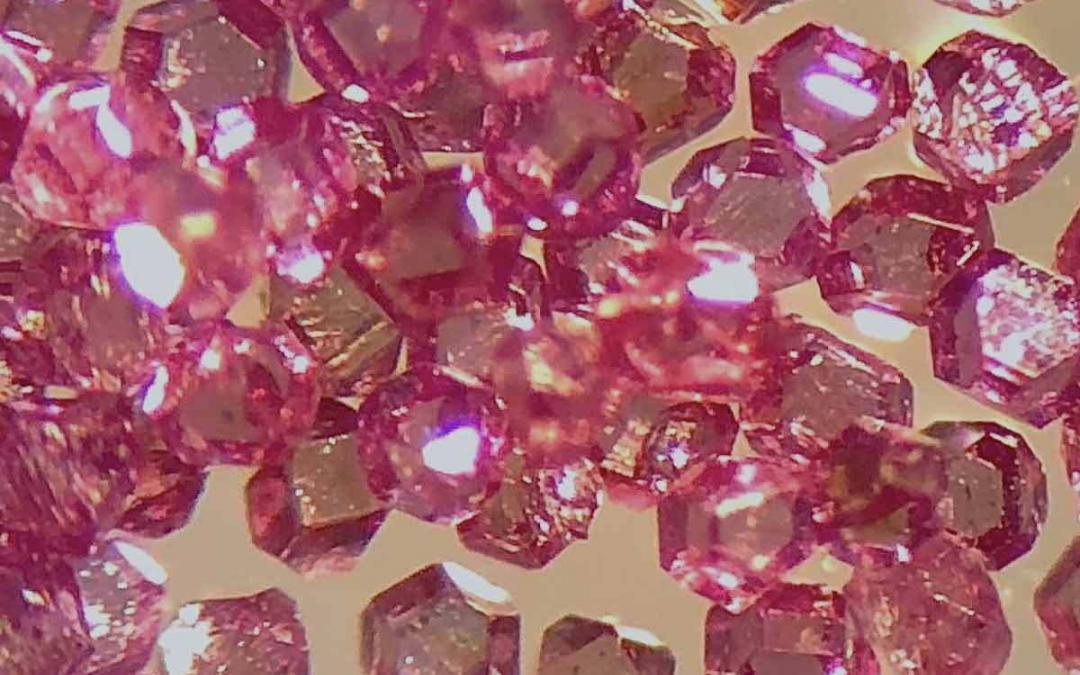
by Glenn Roberts Jr., Berkeley Lab
Team led by Berkeley Lab and UC Berkeley researchers exploits tiny defects in diamonds to pave the way for enhanced biological imaging and drug studies. An international team led by scientists at the Department of Energy’s Lawrence Berkeley National Laboratory (Berkeley Lab) and UC Berkeley discovered how to exploit defects in nanoscale and microscale diamonds to strongly enhance the sensitivity of magnetic resonance imaging (MRI) and nuclear magnetic resonance (NMR) systems while eliminating the need for their costly and bulky superconducting magnets.
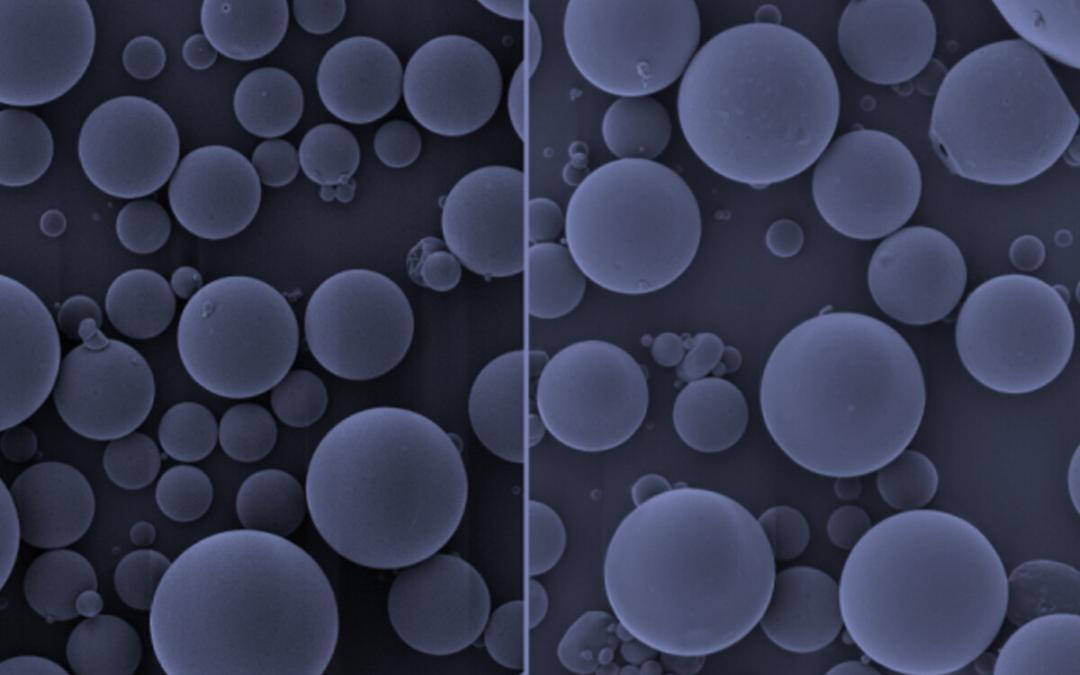
by Anne Trafton | MIT News Office
To create a single-injection vaccine, the MIT team encapsulated the inactivated polio vaccine in a biodegradable polymer known as PLGA. This polymer can be designed to degrade after a certain period of time, allowing the researchers to control when the vaccine is released.

by Society for Laboratory Automation and Screening (SLAS)
A new study published in the journal Nature Biomedical Engineering documents a novel diagnostic technology that exploits topically applied nanotechnology to detect skin tissue biomarkers for diagnosis. This concept is demonstrated by noninvasively imaging connective tissue growth factor (CTGF) mRNA in abnormal scar cells, whole tissue, and animal models.











